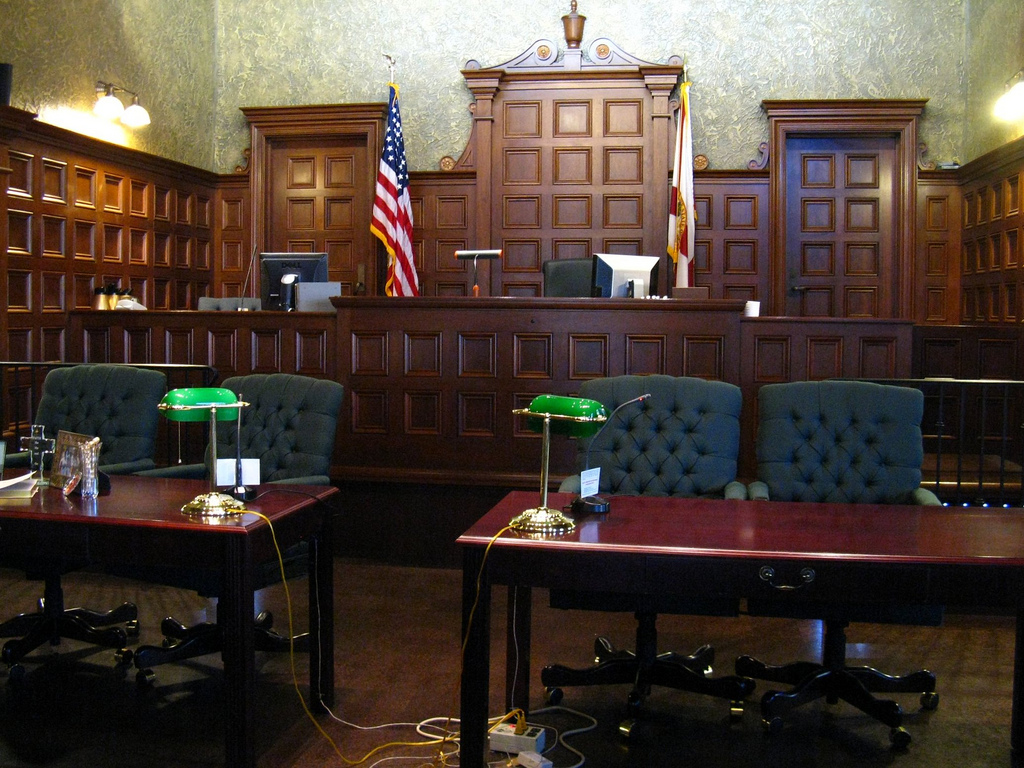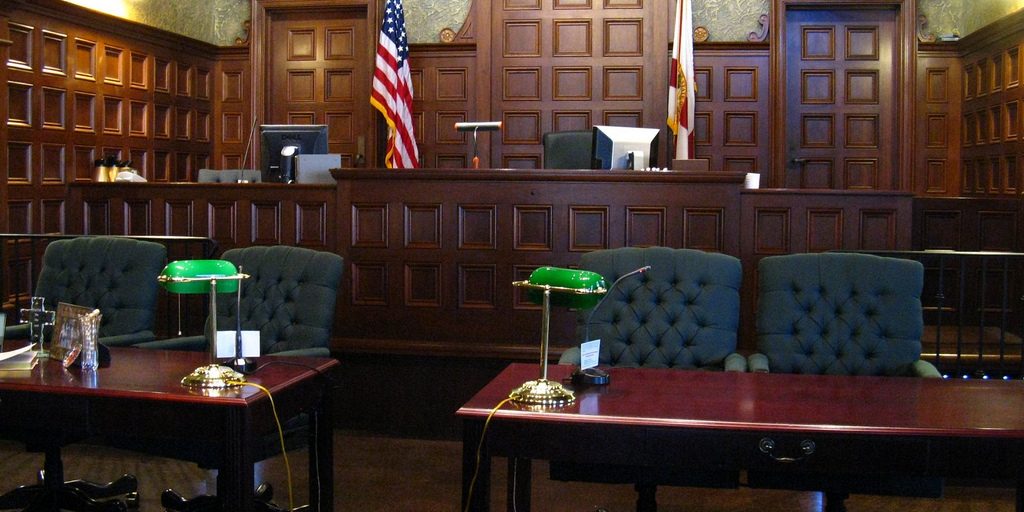Although anyone who finds themselves facing a court date is well within their first amendment rights when it comes to personal presentation, your physical appearance in front of a judge and jury has an undeniable effect on the court’s perception of your level of responsibility and integrity.
 Although not directly related to the legal proceedings involved in a particular case, it’s important to understand that the judge and jury’s task are rooted in evaluation––both of you and the arguments you put forth to them. As a result, the way you express yourself in their presence reflects your attitude and disposition relative to the case. By not respecting the proper decorum of the courtroom, you run the risk of being interpreted as being disrespectful to the judge and the system of justice he or she works to uphold.
Although not directly related to the legal proceedings involved in a particular case, it’s important to understand that the judge and jury’s task are rooted in evaluation––both of you and the arguments you put forth to them. As a result, the way you express yourself in their presence reflects your attitude and disposition relative to the case. By not respecting the proper decorum of the courtroom, you run the risk of being interpreted as being disrespectful to the judge and the system of justice he or she works to uphold.
This does not mean you’re required to find exceedingly expensive formal wear if it’s something you cannot afford. A good rule thumb as far as courtroom attire goes is: “if you wouldn’t wear it to church, don’t wear it to court.”
Dress for the venue
Although a suit is without a doubt the best choice for a courtroom setting, lesser hearings which don’t involve an actual trial have slightly more lenience. If you are due to appear in traffic court, for example, a nicely pressed polo shirt with a belted pair of slacks is acceptable. For trials however, dressing your best is important.
No matter what kind of courtroom setting you attend, there are some things that you should never do regardless of the nature of the case. Hats and sunglasses should be avoided entirely. In addition to being completely unnecessary accessories in a well-lit indoor space, the bailiff will ask you to remove them upon entering the courtroom.
Embarrassment and awkwardness like this will only lead the judge to form poor initial impressions of your attitude and demeanor. If you have long hair, pull it back into a well-groomed ponytail rather than attempting to conceal it.
A well-pressed suit is the standard for acceptable courtroom attire. Your suit jacket should match your slacks in color, but avoid wearing anything of exceedingly flamboyant. Neutral earth tones like gray, black, and dark blue are the best options.
Display proper courtroom conduct
Courtroom behavior is equally important to maintaining a positive appearance. Keeping good posture throughout the entire process is important specifically when standing before the judge. Slouching in your chair, staring out the window, or looking generally disengaged from what is going on conveys to the judge an attitude of apathy for the law.
Some unconscious actions like biting your nails, crossing your arms in front of you, shifting your legs repeatedly, or chewing gum are all things you might engage in as a result of nervousness, but could be interpreted as a result of a casual attitude and should be avoided as much as possible.
Be mindful of your responses and vocabulary
The judge holds a position of authority within the court, and as a result, should be referred to with this in mind. Refer to him or her as “Your Honor,” not mister or misses. Speak to the judge only when asked a question or if you are told to address the court. Never attempt to communicate to prosecutors under any circumstance.
Your attitude is also reflected in your reactions to the judge’s actions. If something is said that doesn’t please you, it’s unwise to roll your eyes or attempt to argue with the judge. This kind of behavior will most certainly be futile and won’t be tolerated.
For additional advice on courtroom decorum, your attorney is the best person to turn to for answers.
If you are looking for knowledgeable, personable and effective legal representation, contact an experienced Beloit criminal defense attorney at The Fitzgerald Law Firm today for a free consultation. We understand that meetings may not be possible during traditional business hours, so please let us know a time that works for you and we’ll do our best to accommodate you.
Photo credit: srqpix






